What is a Wrist-Hand Orthosis (WHO)?
A Wrist-Hand Orthosis (WHO) is an umbrella term capturing all orthoses that are brace designed to support and immobilise the wrist and hand and sometimes the fingers.
They are commonly used to treat injuries such as fractures or soft tissue damage but can also be used as positioning braces to prevent upper limb contractures in those with spasticity and high tone. Depending on the patient’s needs, WHOs can either be custom-made, often from low-temperature thermoplastic, or pre-fabricated for general use.
These are available at Orthotics Plus Melbourne.
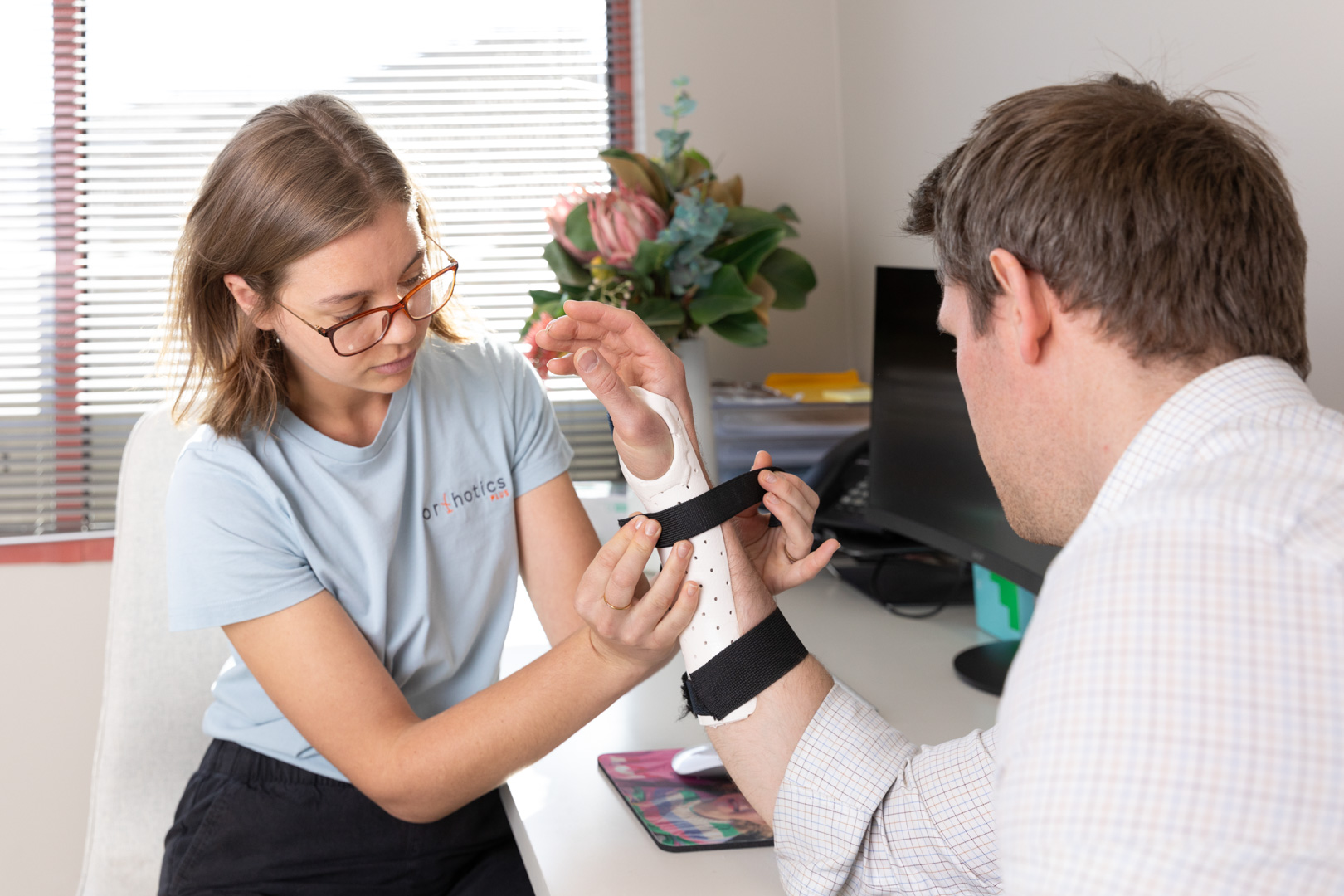
When is a WHO Used?
WHOs are prescribed for a variety of injuries, ranging from fractures to repetitive strain injuries (RSIs) like carpal tunnel syndrome or De Quervain’s tenosynovitis, fractures of the wrist and hand and also for those with upper limb contractures.
For fractures, a custom-moulded WHO provides the necessary support and immobilisation, while patients with RSI may only need an off-the-shelf brace to manage their condition.
The degree of immobilisation depends on the specific injury — a scaphoid fracture, for example, requires both the wrist and thumb to be immobilised, while other fractures may only need wrist support.
Patients will receive the appropriate prescription upon assessment.
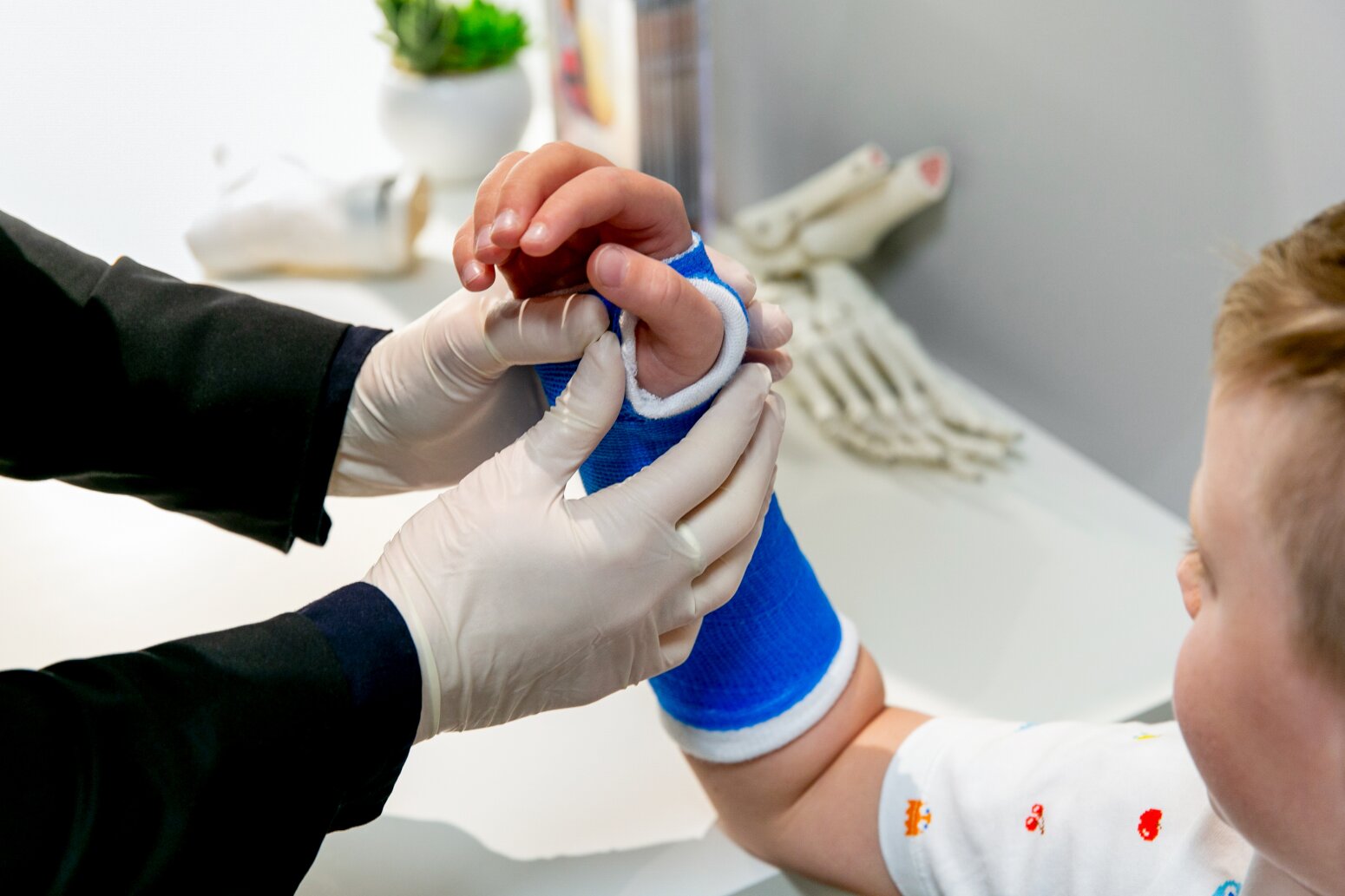
Customisation and Moulding Process
Custom-made WHOs are often constructed from low-temperature thermoplastic, which becomes malleable when heated with a heat gun or water bath.
This allows the brace to be moulded directly to the patient’s wrist and hand, ensuring a perfect fit.
The process typically takes approximately 5 minutes, and the plastic will harden. Patients often describe the sensation as similar to placing their hand in a warm bath.
For added comfort, a sock is worn underneath the orthosis during this moulding process.
In contrast, high-temperature plastics, which need to be heated at much higher temperatures, cannot be moulded directly onto the patient. This makes low-temperature plastics the preferred material, as a custom fit is essential for recovery.
All patients are treated carefully and professionally by our clinicians.

How to Use and Maintain a WHO
Once fitted with a WHO, patients are usually advised to wear it constantly, only removing it once a day for showering and cleaning.
For thermoplastic braces people can keep the brace clean by wiping it with a damp, soapy cloth to maintain hygiene and avoid skin irritation. After showering, the patient should promptly put the orthosis back on, ensuring that their wrist is protected throughout the day and night.
Braces with soft liners can usually be removed for cleaning.
In cases where swelling occurs after the initial fitting, patients can loosen the adjustable straps to alleviate pressure.
However, if swelling becomes severe – or patients have any concerns, they can seek medical advice, whether from dialling 000, visiting the hospital, a GP, or contacting us.
A risk of swelling is loss of circulation or sensation in the fingers, which patients should be made aware of.
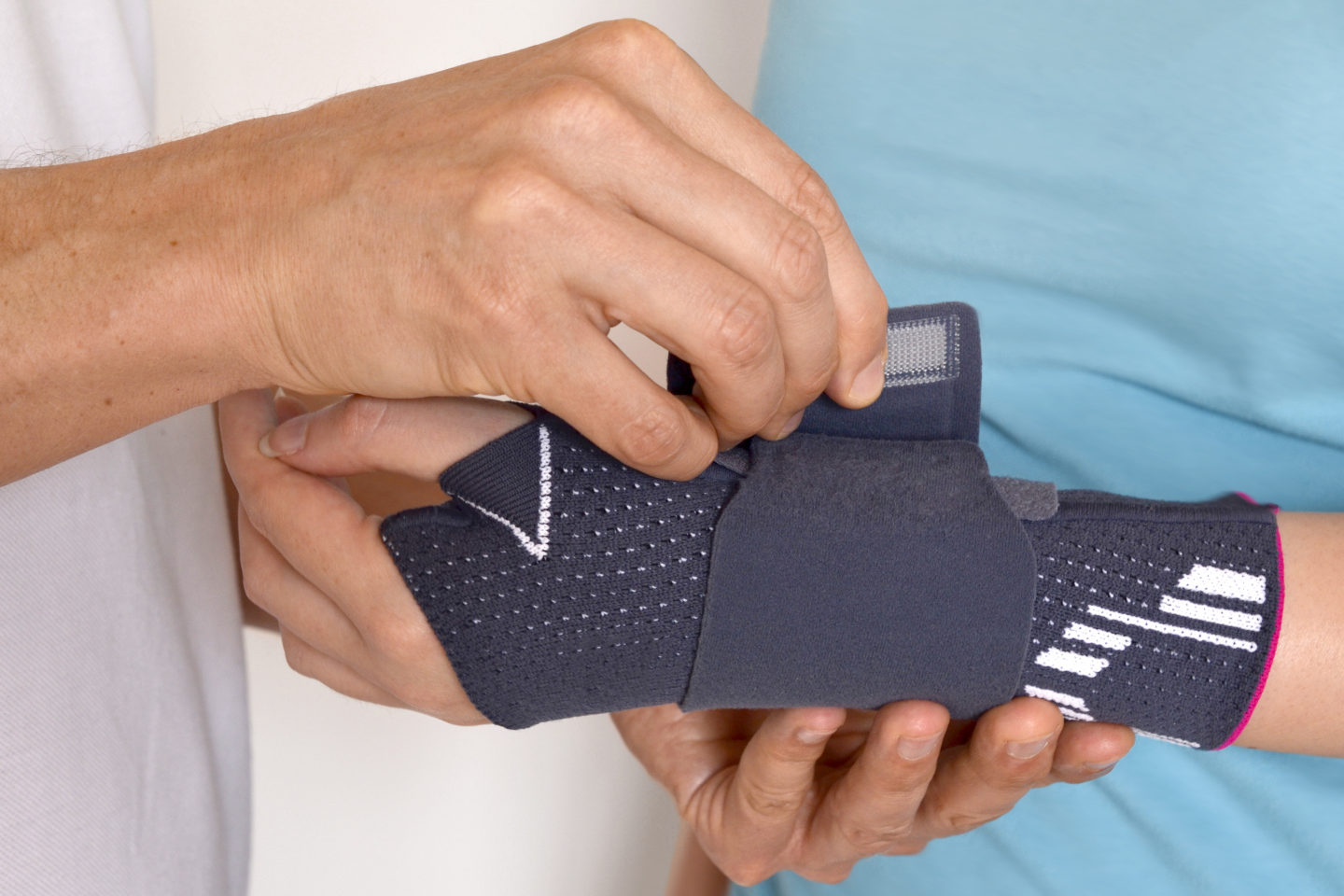
Treating Repetitive Strain Injuries (RSIs)
In the case of carpal tunnel, the brace is designed to immobilise the wrist while keeping the fingers free.
For De Quervain’s, the thumb is also immobilised, helping to reduce inflammation and promote healing.
These conditions may not require the precision of a custom-made WHO, so prefabricated braces are often sufficient.
In both cases, immobilisation helps reduce pressure on the tendons and nerves, preventing further microtrauma and allowing tissues to repair, referred to as mechanotransduction.
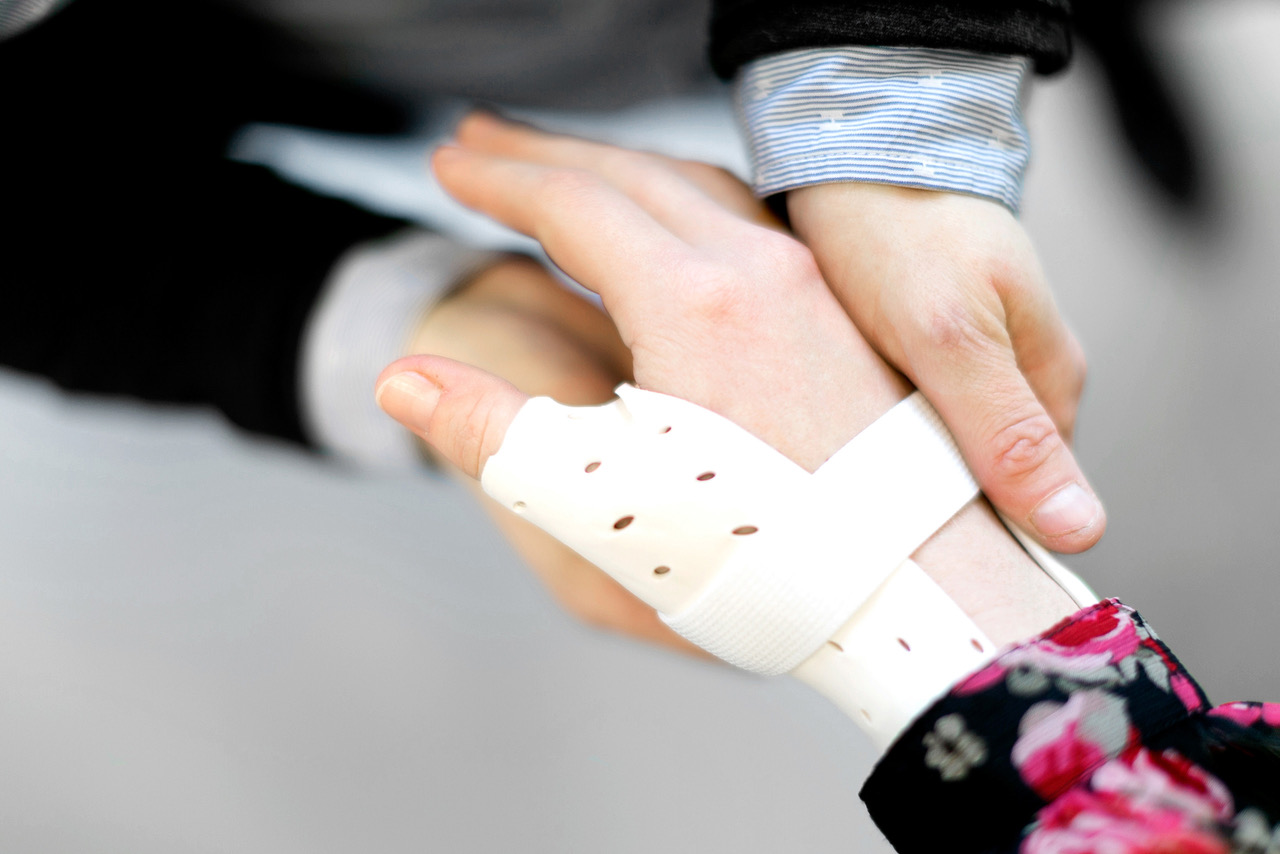
WHO vs. Casting for Acute Injuries
The decision to use a WHO instead of a cast often comes down to the severity of the wrist fracture and the patient’s compliance.
For more severe fractures, particularly those involving the joints, a cast may offer greater immobilisation.
Casts are also more commonly used for young patients who may be tempted to remove a brace before they should.
However, WHOs provide more flexibility and can be removed for hygiene, which is a advantage in certain cases.
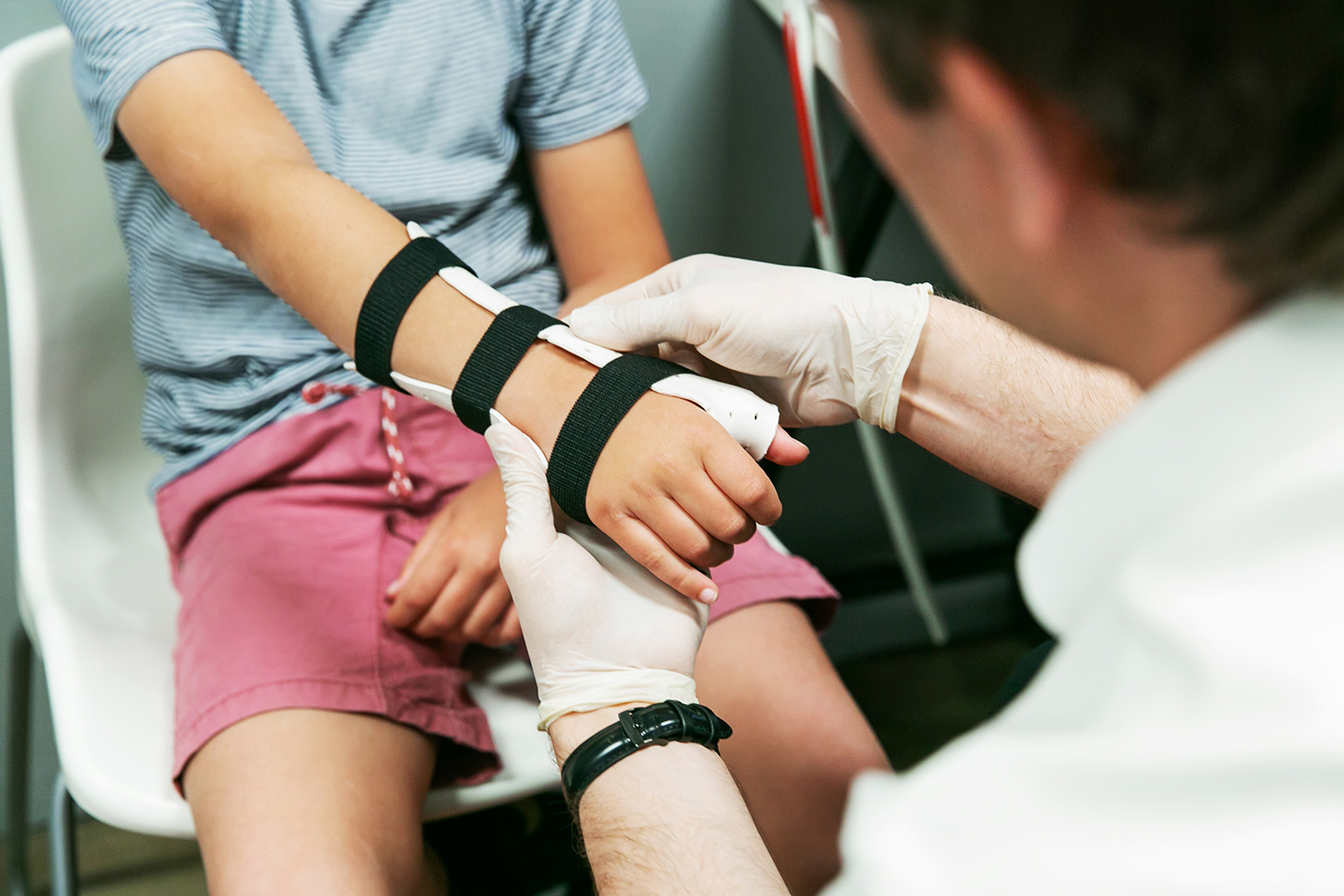
Transitioning Out of a WHO – Acute Injuries
The duration a patient wears a WHO varies based on the injury.
For children, fractures generally heal within four weeks, while adults may need to wear the orthosis for 6 weeks or longer.
For complex fractures like scaphoid breaks, which have relatively poor blood supply, patients may be in a WHO for up to 12 weeks.
The decision to discontinue use is usually made by the referring doctor, who will assess healing before recommending the transition.

Contact Orthotics Plus for an Assessment
Whether used for fractures or chronic conditions like RSIs, wrist-hand orthoses provide a balance of support, comfort, and flexibility.
- We can custom-mould the brace for a perfect fit
- We advise on proper use, care and swelling-management
- We have multiple clinic locations
- We are kind and caring
Please contact us for an assessment of your wrist to receive the appropriate treatment.
